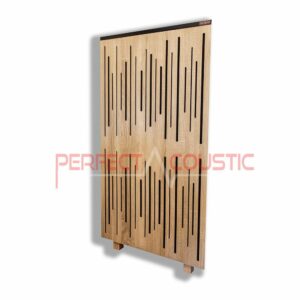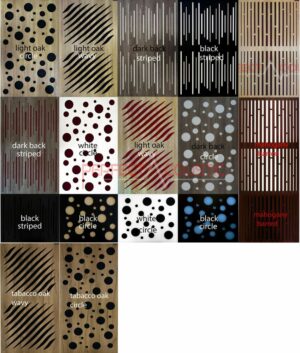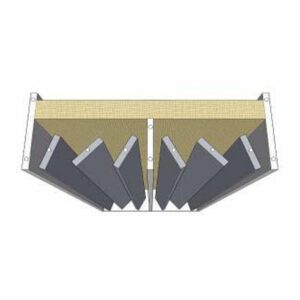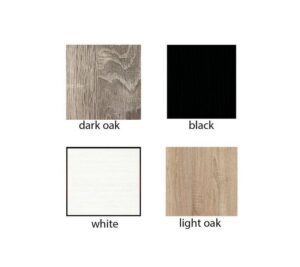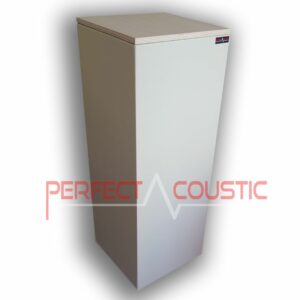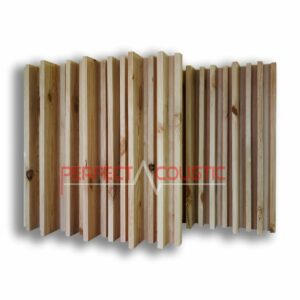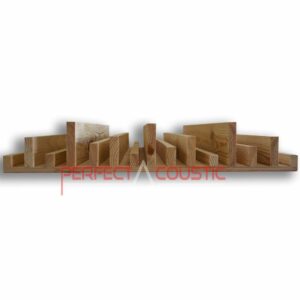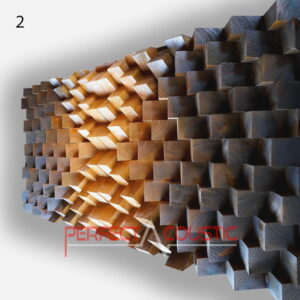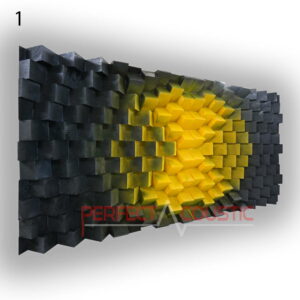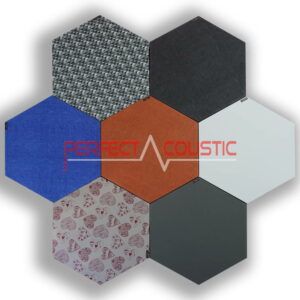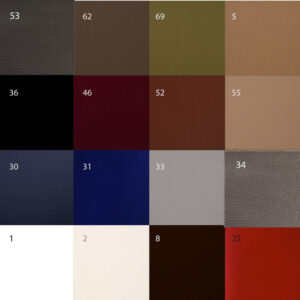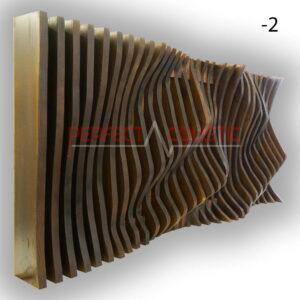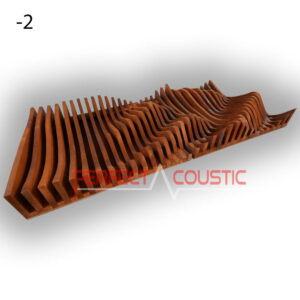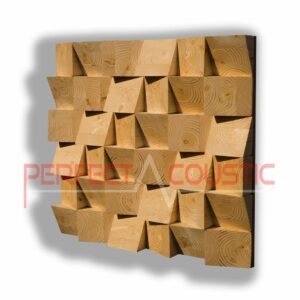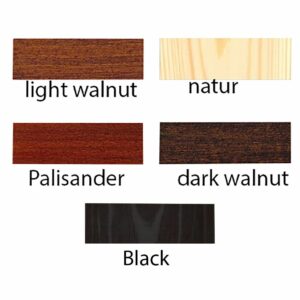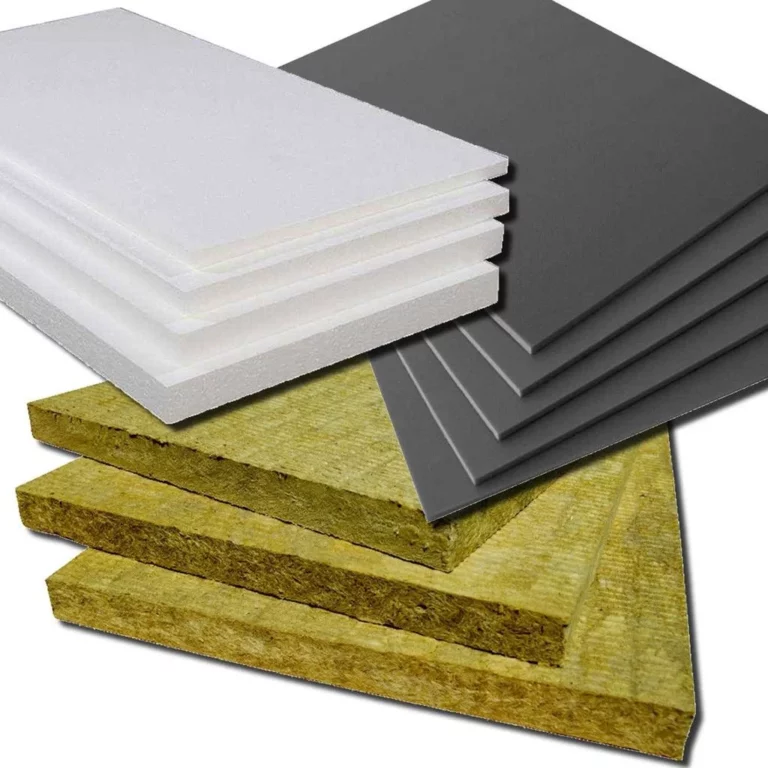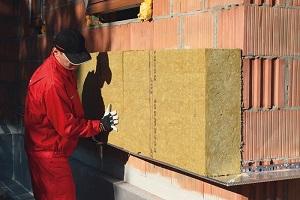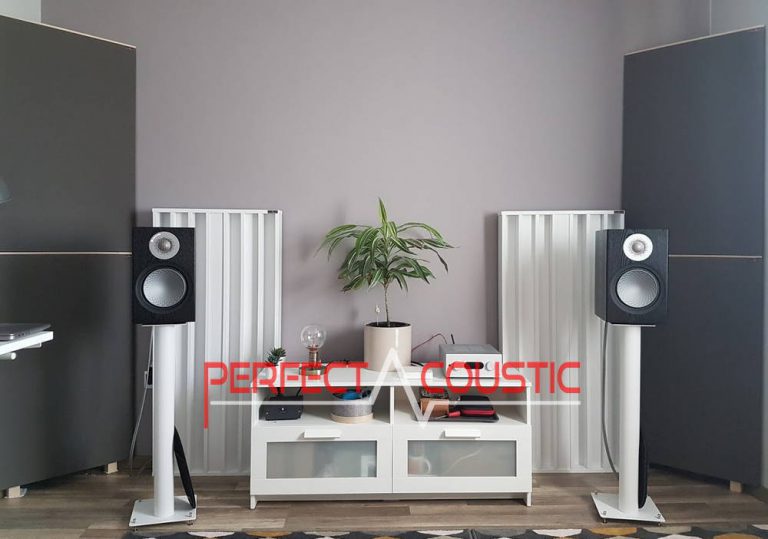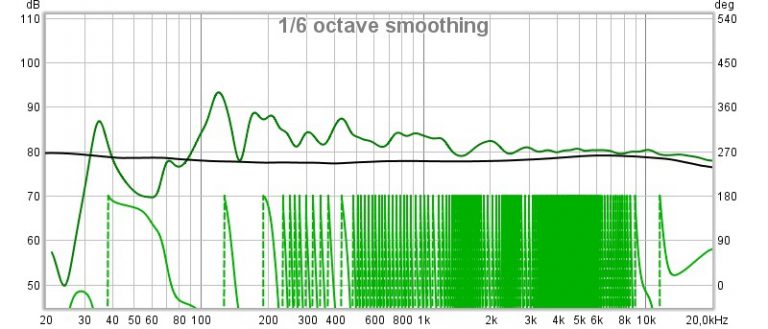The improvement of acoustics science throughout history
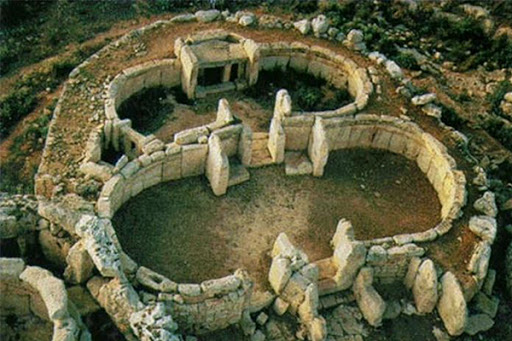
Every physically perceptible mechanical wave — from the vibrational waves of the earth through the music to the thermal vibrations — belongs to the science of acoustics.
Musical acoustics includes music theory, the physics of instruments, psychoacoustics, (which deals with the functioning of our ears and brain perception), and technical acoustics.
The development of the science of acoustics dates back to ancient times in history.
During the construction of the ancient Maltese churches (built roughly 6,000 years ago), the primary consideration may have been to design the appropriate acoustics and sound world.
-
Sound traps with diffuser- If a good look is important146 € – 155 € +Vat
-
Flexi acoustic panel with adjustable wooden slats194 € – 287 € +Vat
Sound spread!
It was recognized in antiquity that in an open space, on a flat surface, speech and sound can only be heard and understood to a small distance. They also realized that the sound spreading upwards was clearer and could be heard farther away. These observations were used in speeches and public speeches. Appropriate surround sound also played a role in the development of the ancient theaters. The enjoyment of open-air theater games was also acoustically enhanced by the walls of the buildings. The semicircular, ascending seating arrangement is also a discovery of antiquity. It was recognized that intelligibility is affected by distance. In the case of the Greek-type theaters, the use of materials was also important for perfect acoustics.
The importance of the surface of the stage
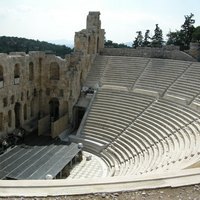
The walking surface of the stage was usually made of wood, and the stone walls played a role in the reflection and scattering of sound. When a large number of choirs performed, the surface of the stone orchestra (dance floor, choral stage) was sprinkled with straw to reduce sound reflection. The direction and distance of the spread of human speech were also kept in mind when designing the auditorium (theatron). To achieve impeccable intelligibility and volume, spectators could not get to the side and back of the theater. Thus, an elliptical auditorium was formed with an elevation angle of 25-30 degrees.
The stone chairs of the theatron scattered the sounds, preventing echoes from forming. Stone vases were placed under the rows for sound vibration, thus improving volume and intelligibility.
The staggering effect of the seats in the ancient Greek theaters has been compared to the effect of cut-to-size sound-absorbing materials used for insulation in a modern sound studio or acoustic laboratory. The rows of the seats muffle sounds below 500 Hertz, filtering out the most common noise, spectators murmuring, the wind rustling, or scrolling. This frequency limit is ideal for filtering out the noise, according to experts.
-
Giga bass panel with membrane94 € – 129 € +Vat
-
Striped Sound Diffuser 60x60x9cm108 € – 140 € +Vat
The sound was heard up to 60 meters away!
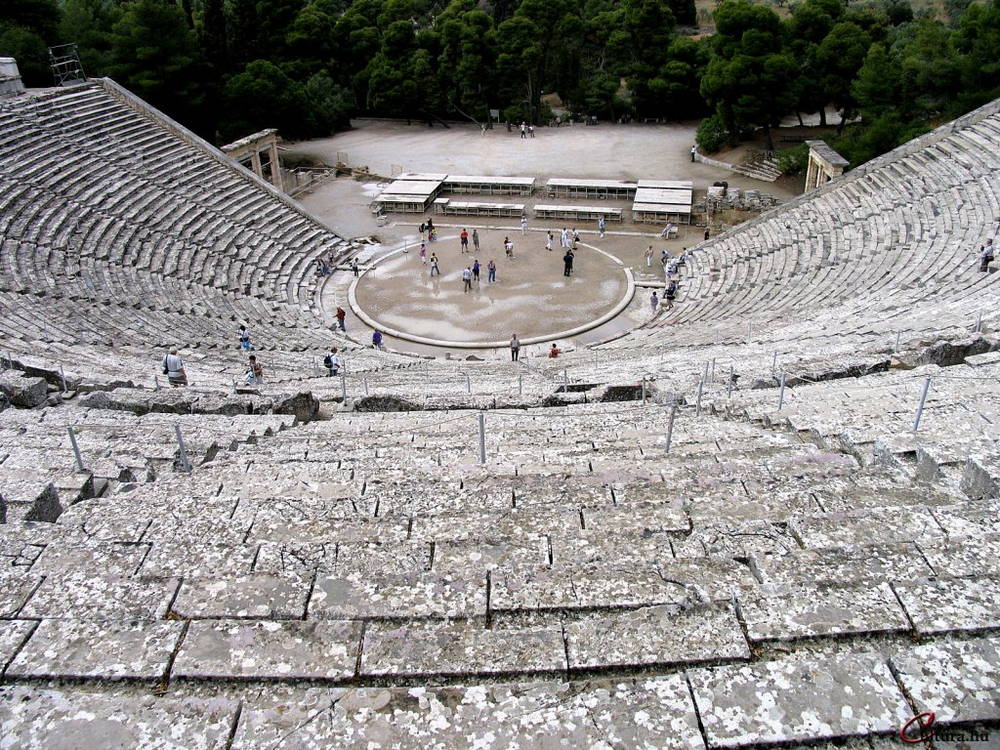
With this method, it became possible that in Epidaurus, where the famous theater can accommodate 14,000 spectators, the last line 60 meters from the stage can also understand what the actors said. Roman theaters have undergone significant changes. The stage and auditorium became semicircular, the audience moved closer to the stage. The full incorporation of the theater resulted in huge sound surfaces that increased the sound distribution. The width and depth of the stage also increased, which degraded the acoustics. Behind the top rows, an arcaded roof structure was created to achieve the right sound, taking advantage of the reflective ability of these walls.
Rows of lodges and curtains also appeared.
The invention of the Romans is the enclosed market hall where rallies were held, these flat-roofed, well-proportioned buildings are the ancestors of lecture halls with excellent acoustics. In ancient times, acoustics was limited to the theater building.
In the Middle Ages, it became more important in the church building. In the newly built basilicas and churches, the emphasis was on the ideal sound of sermons and common songs. The Romanian-style-smaller structures still functioned acoustically well. The domes characteristic of the Gothic style has ruined the features a lot. Huge spaces were becoming more prevalent in architecture, resulting in unmanageable sound. During the Renaissance, acoustic conditions deteriorated further due to even larger dimensions.
With the stagnation of the development of science in the Middle Ages, the science of acoustics did not develop for centuries.

In the 16th century, the first church interiors and domes were converted for musical purposes. One such famous cathedral, the Thomaskirche in Leipzig, where Johann Sebastian Bach also performed many of his works, was very important to the composer for a sophisticated and optimal sound.
In the XVII. century, theater construction flourished again. Their floor plan was similar to that of Greco-Roman theaters, except that the auditoriums were placed on top of each other and a complete roof structure was built. Theaters, opera houses, and concert halls were built in a row.
Was Galilei already acoustics?
Galileo was the first to write about the acoustic. His work on acoustics, published in the 17th century, mentions geometric derivations, sound deflection, and sound control plans, and deals with echoes and reverberation. Around this time, the approximate speed of sound propagation is also determined. Most theaters and concert halls were built in the 18-19th century.
Nowadays, the halls differ from the previous ones in many respects. They often try to build multi-purpose halls for financial reasons. There are countless cases where architecturally, functionally, and financially well-designed rooms try to remedy otherwise bad acoustics with electronic sound, which is not always the solution to the problem.
-
Wall Panel – Diffuser 140x70x8cm235 € – 271 € +Vat
-
Hexagonal acoustic panel -Size: 60x60x6cm52 € – 61 € +Vat

The characteristic of outdoor sound propagation is that the propagation of physical sound is not hindered by any absorbing or reflecting surface.
In practice, this is not the case, e.g.
- The reflective property of the earth’s surface
- and due to the sound absorption by the air.
The relationship between the sound power level of a sound source and the sound pressure level of a space depends on the state of the space:
- temperature,
- humidity
- wind.
In air layers with different temperatures, sound travels at different speeds. At the interface of two media of different temperatures, they always break towards the colder one.
On summer days, due to the heat emitted by the crowd, the sound bends towards the higher layers of cold air. In the air, the speed of sound propagation increases with increasing temperature. The pressure and humidity that usually occur do not affect the speed of sound propagation.
In the case of interiors, two types of sound spaces can be distinguished:
- diffuse
- and direct sound space.
When you turn on a sound source in a room, it first creates the direct sound space, then it bounces off the walls to create the reflected sound space. The effect of the two spaces on each other is due to the sense of space and distance that develops in us.
In an improperly ventilated room, the temperature rises, and several important ceiling reflections can disappear due to the deflection of sound waves. If there are inverse temperature conditions, the audience receives less direct sound energy due to the upwardly deflected sound rays. For this reason, the rows of seats should be designed to rise upwards. The sound propagates between two points on the shortest path, i.e. along a straight line.
Another important sound phenomenon in interiors is reflection. When a sound wave hits a wall, its energy is divided into three parts. The first part is reflected, and the second part enters the wall, where a part is absorbed, and converted into heat. The third part exits the wall and moves on. Before exiting, a small portion is reflected and absorbed again.
-
Parametric Wall Art Panel (Diffuser)327 € – 426 € +Vat
-
Wood Acoustic Diffuser 60x60x6cm108 € – 140 € +Vat
When designing the interiors of a building, not only architectural but also acoustic guidelines must be met for a proper facility to be created. The coating of the surfaces is also extremely decisive due to the sound absorption reflection.
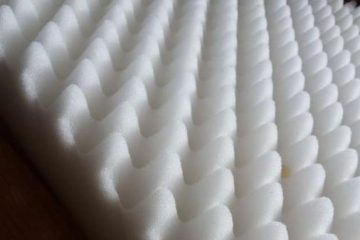
For example:
- Styrofoam
- or some foams are very poor sound-absorbing materials because the poles in their internal structure are impermeable, so proper flow is not formed. Harder, sprung wooden structures are an ideal solution for sound absorption. Adequate equipment is necessary to absorb deep sounds (below 200-300 Hz) to balance the full range of sound in the room.
To quote the Italian humanist artist Leon Battista Alberti, Perfect Acoustics always strives to achieve the perfect sound with its products.
“Perfection is the perfect harmony of all the details when nothing can be added or taken away without damaging the whole.” SzG

